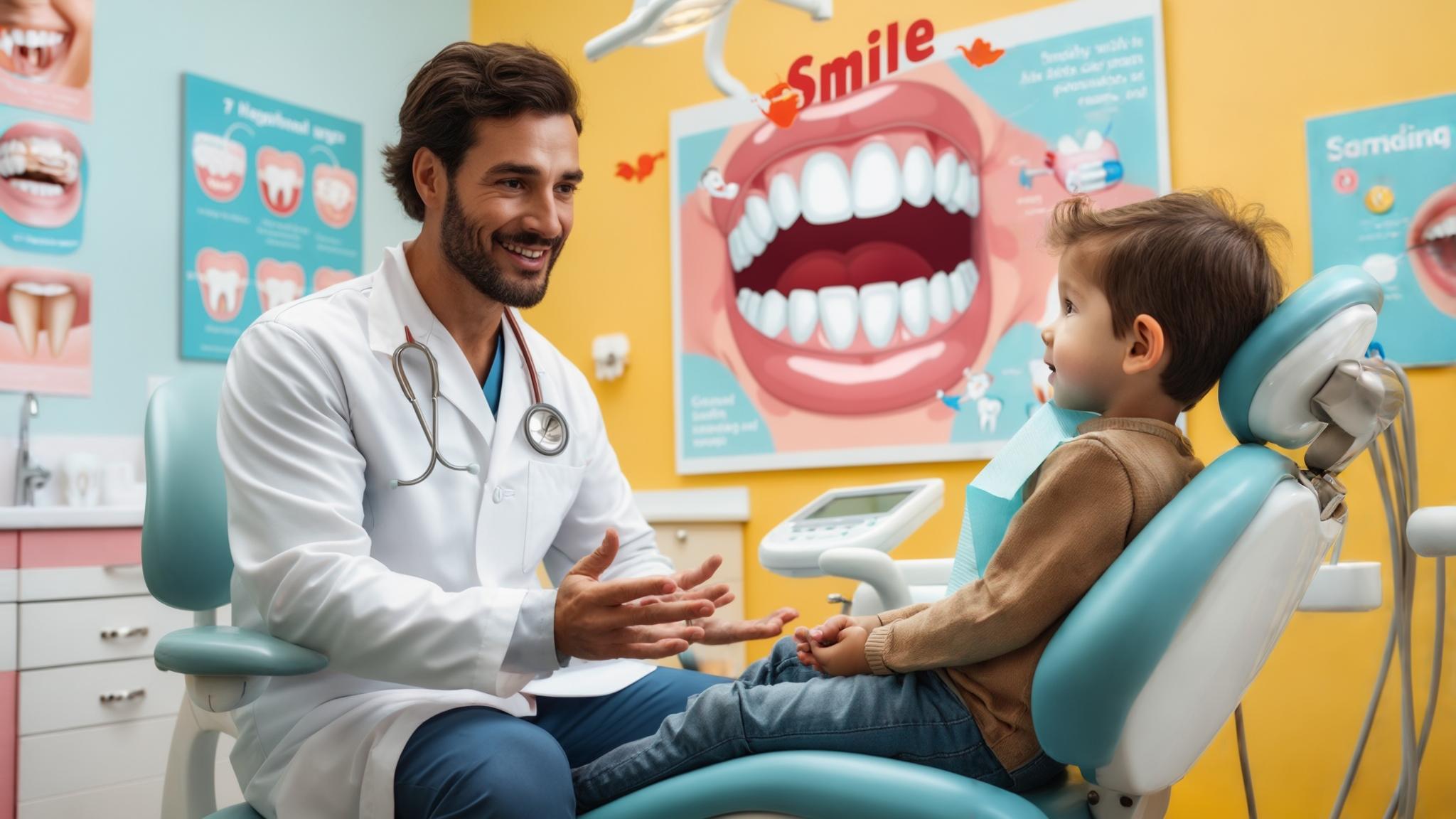Understanding Children's Dental Health
Taking care of children's dental health is crucial for their overall well-being. Just like how we nurture their physical and emotional growth, we must also pay attention to their oral hygiene. Proper oral hygiene helps prevent cavities, gum disease, and other dental issues that can affect their health and confidence.
In recent years, many parents have wondered about the safety of using whitening toothpaste for kids. This article aims to explore whether it's appropriate for children and what factors to consider when choosing dental care products for them.
Understanding Children's Dental Needs
Development of Children's Teeth
Children's teeth develop in two main stages: primary teeth (also known as baby teeth) and permanent teeth.
- Primary teeth usually start appearing around six months of age and are essential for chewing and speaking.
- Permanent teeth begin to emerge around age six and replace the primary teeth.
Common dental issues in children include cavities, misalignment, and gum problems. Establishing good oral hygiene habits early can help prevent these issues.
Importance of Establishing Good Oral Hygiene Habits Early
Teaching kids how to brush and floss properly can set them on the path to a lifetime of healthy teeth. Encouragement and fun can make oral care a positive experience.
Recommended Oral Care Products for Children
Look for toothpaste that is specifically formulated for children. These products usually contain lower fluoride levels, making them safer for kids. Fluoride helps strengthen teeth and prevent cavities, but too much can be harmful.
What is Whitening Toothpaste?
Definition and Purpose of Whitening Toothpaste
Whitening toothpaste is designed to remove stains and lighten the color of your teeth. Many people use it to achieve a brighter smile, but is it suitable for children?
Common Ingredients in Whitening Toothpaste
Whitening toothpaste typically contains:
- Abrasives: These help scrub away surface stains but can be harsh on young teeth.
- Hydrogen peroxide: A bleaching agent that can lighten teeth but may cause sensitivity.
- Baking soda: A gentle abrasive that can help with stain removal.
How Whitening Toothpaste Works to Remove Stains
Whitening toothpaste works by using these ingredients to polish teeth and break down stains caused by food, drinks, or habits like smoking. However, children's teeth are still developing, which raises questions about safety.
Safety of Whitening Toothpaste for Children
Age Recommendations for Using Whitening Toothpaste
Many dental professionals recommend that children under the age of 12 should avoid whitening toothpaste. Their enamel is still forming, and using such products can lead to potential risks.
Potential Risks Associated with Whitening Toothpaste in Children
- Enamel erosion: Abrasives in whitening toothpaste can wear down the protective layer of enamel, leading to sensitivity and increased risk of cavities.
- Increased tooth sensitivity: Children may experience discomfort or pain due to the bleaching agents in whitening toothpaste.
- Ingestion concerns: Young children may swallow toothpaste, which can be harmful if it contains high levels of fluoride or other chemicals.
Regulatory Guidelines and Recommendations from Dental Associations
Organizations like the American Academy of Pediatric Dentistry (AAPD) recommend caution with whitening products for children. They emphasize the importance of consulting with a pediatric dentist before introducing any whitening treatments.
Effectiveness of Whitening Toothpaste for Children
Comparison of Whitening Toothpaste to Regular Toothpaste
While whitening toothpaste may remove some stains, it often does not have the same effectiveness on children's teeth compared to adults. Regular toothpaste is generally sufficient for maintaining oral health.
Expectations for Results in Children
Parents should manage their expectations. Children may not see significant whitening results, and their teeth can be more sensitive to the ingredients in whitening toothpaste.
Factors Influencing the Effectiveness of Whitening Toothpaste
- Age of the child: Younger children may not have the same staining issues as older kids.
- Type of stains: Some stains are more stubborn than others, and not all can be removed by whitening toothpaste.
- Duration of use: Frequent use may not yield better results and could increase the risk of sensitivity.
Alternatives to Whitening Toothpaste for Kids
Recommended Dental Care Products for Children
Instead of whitening toothpaste, consider using fluoride toothpaste designed for children. These products help strengthen enamel and prevent cavities without the risks associated with whitening agents.
Natural Whitening Methods
- Diet and nutrition: Encourage a balanced diet rich in fruits and vegetables, which can naturally help clean teeth. Foods like apples and carrots can act as natural toothbrushes!
- Regular dental check-ups and cleanings: Professional cleanings can remove stains and keep teeth healthy without the need for whitening products.
Importance of Professional Dental Advice
Always consult with a pediatric dentist for personalized advice. They can recommend the best products and practices for your child's unique dental needs.
Conclusion
In summary, while the idea of using whitening toothpaste for children might seem appealing, it's essential to prioritize their safety and dental health. Children's teeth are still developing, and many whitening products can pose risks.
Instead, focus on establishing good oral hygiene habits and using age-appropriate dental care products. Remember, consulting with a pediatric dentist can provide valuable guidance tailored to your child's needs.
Encourage your little ones to smile brightly, knowing that their dental health is in good hands!
References
- American Academy of Pediatric Dentistry. (n.d.). Guidelines on Fluoride Use in Children.
- American Dental Association. (n.d.). Whitening Toothpaste: What You Need to Know.
- Centers for Disease Control and Prevention. (n.d.). Oral Health: Children’s Dental Health.

